You might ask yourself what a wood router is used for and why you need one. Wood routers are an excellent tool for cutting joints, making duplicates from patterns, making decorative surface cuts, and much more. The wood router is one of your collection’s most valuable and versatile woodworking tools. However, the router will only do a little good without the right router bits.
Router Bit Anatomy
Router bits comprise four essential components: the shank, body, finish, and blades (or cutters). The shank, which comes in 1/2-inch and 1/4-inch sizes, fits into the router, with the smaller size used for light tasks and the larger for heavy-duty projects. The body, a steel piece, holds the blades and ensures they have the necessary weight and torque for cutting. The finish is a protective coating that prevents material buildup on the bit, and the blades are the cutting elements that interact with the material.
Router Bit Materials
Router bits are typically made up of either carbide or high-speed steel (HSS). High-speed steel router bits are made from carbon steel and have a high heat resistance, which allows them to maintain their strength longer. Carbide tip bits are more complex and hold their sharpness longer than HSS, meaning they have a longer lifespan.
There are hundreds of options for router bits; if you’re just starting, it can be pretty confusing. Below are ten router bits every do-it-yourselfer should own.
Grooving Bits
Grooving bits are some of the most valuable and common standard router bits. Below are two of the most essential bits to have when you start.
Straight router bit
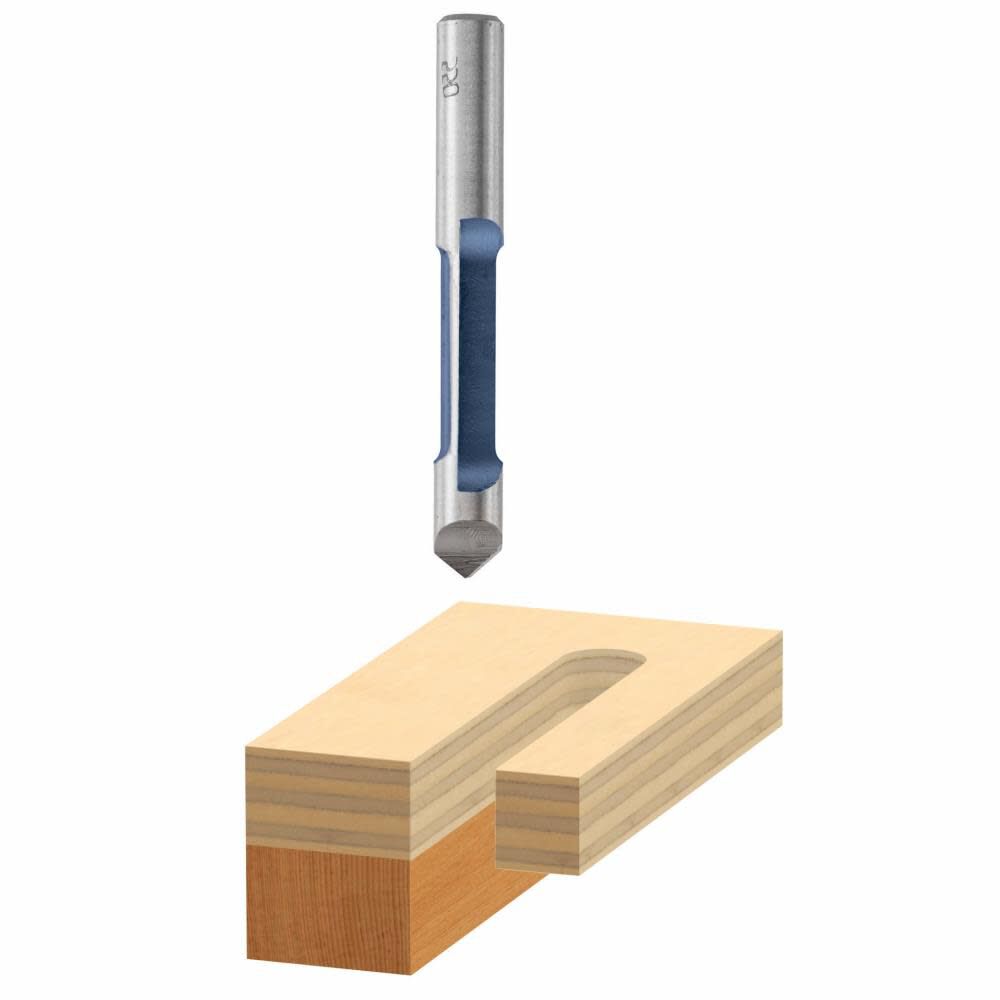
Straight bits are exactly what they sound like – a bit that cuts straight, square-bottomed grooves. These bits cut right into the material to create a groove or dado, a groove across the wood grain. They are also typically used to hollow out areas for a mortise, essentially a hole, groove, or slot into which another piece of material fits. Aside from basic joinery, straight bits can create a channel where decorative inlay, a design, or a pattern carved into a material can be placed.
Suggestion: Bosch 1/2-inch Carbide Tipped Straight Bit
V-Groove
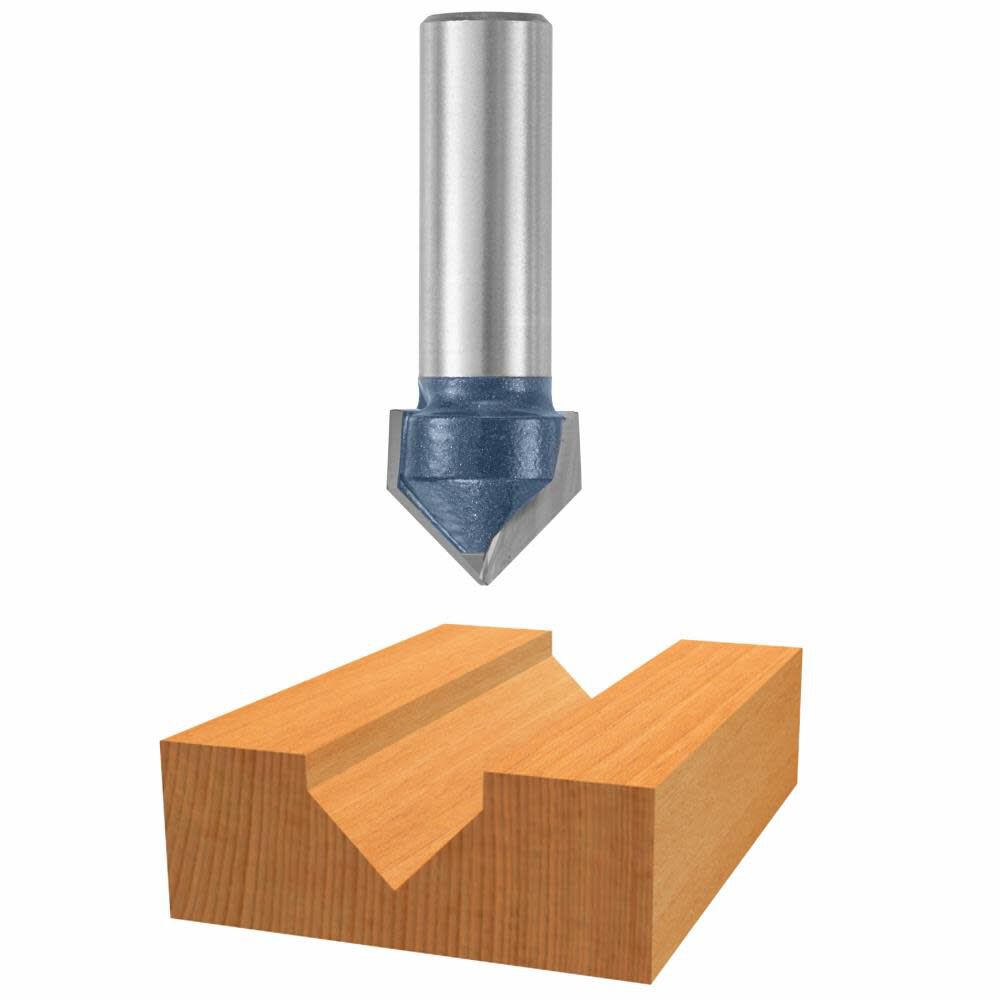
V-Groove bits groove out V-shaped profiles in the material, often used for a decorative effect. They come in various diameters and v-groove angles that determine the width and depth of the groove. Some even have flat bottoms rather than sharp tips. V-groove bits can carve designs into flat surfaces like signs, create shallow grooves, and even make ridges in panels.
Suggestion: Freud 1/2-inch V-Grooving Bit
Joinery bits
Joinery bits are used for cutting adjoining notches into a material to create solid and durable joints.
Rabbet router bit
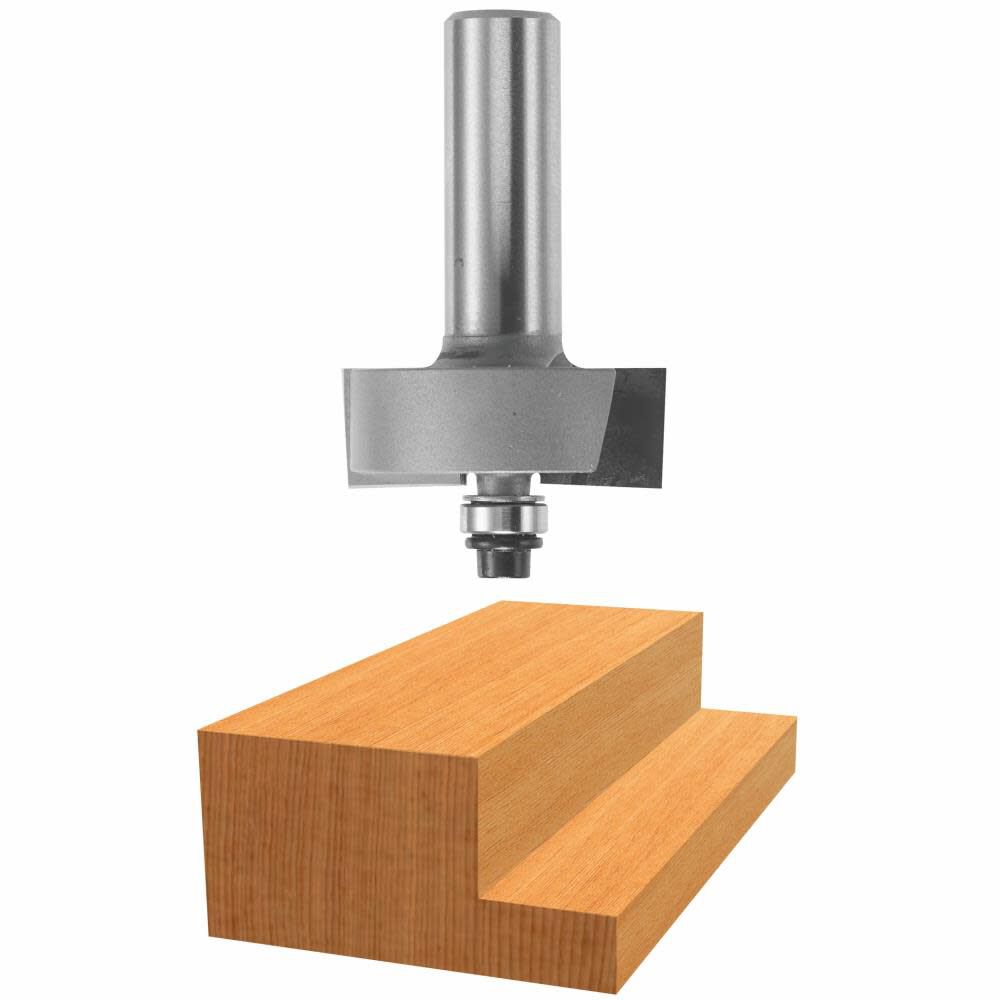
Rabbet router bits are designed to form an L-shaped shoulder on the edge of the piece of material to form a rabbet joint. This is used a lot when making drawers and cabinets. While these joints can be created using a straight bit, the Rabbet router bit is ideal as it has a circular pilot bearing that acts as a guide riding along the edge of the cut material.
Suggestion: CMT Rabbeting set
This allows you to get seven different rabbets from one bit.
Dovetail router bits
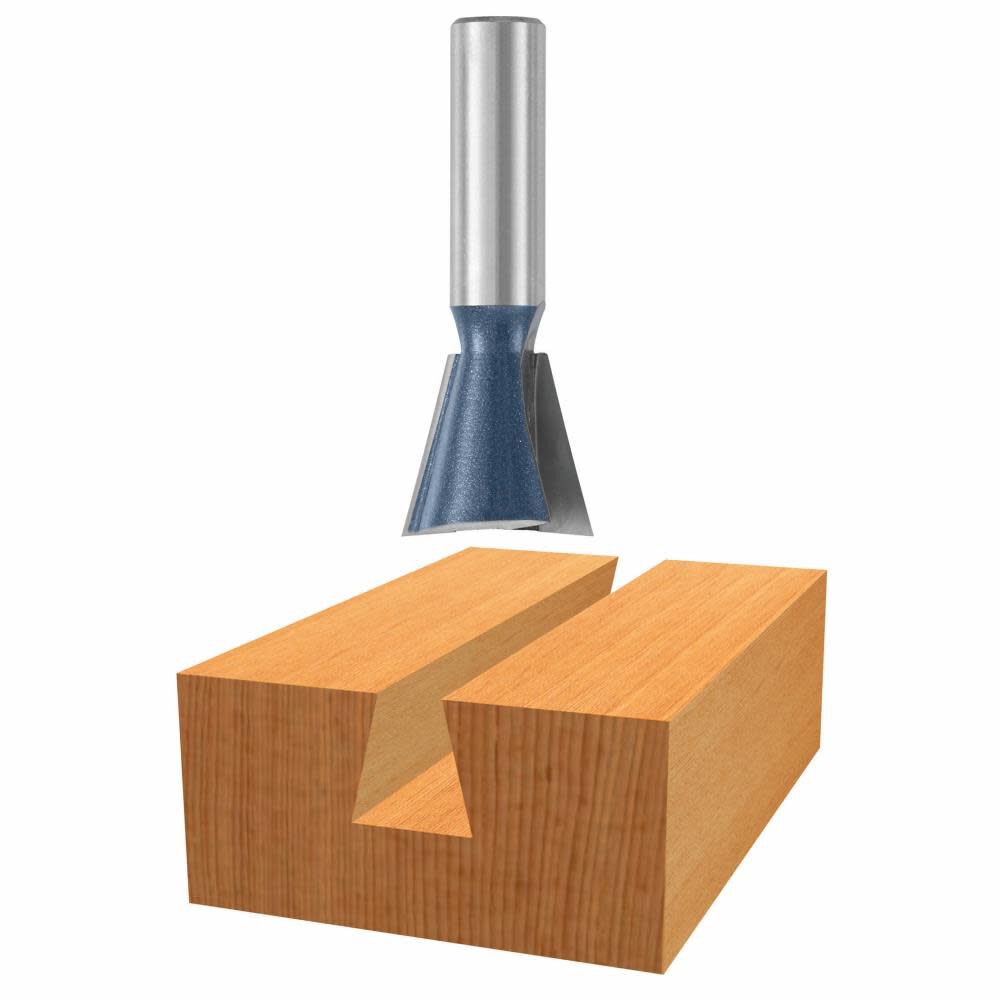
Dovetail router bits are another type of bit that creates robust and long-lasting dovetail joints. The joints work by cutting pins along one piece of material and matching tails on the other. They are called dovetail cuts/joints as they resemble a dove’s tail feathers. These joints are used for boxes, drawers, and furniture without fasteners.
Suggestion: Freud 3/8-inch Dovetail Bit with 1/2-inch Shank
Flush Trim router bit
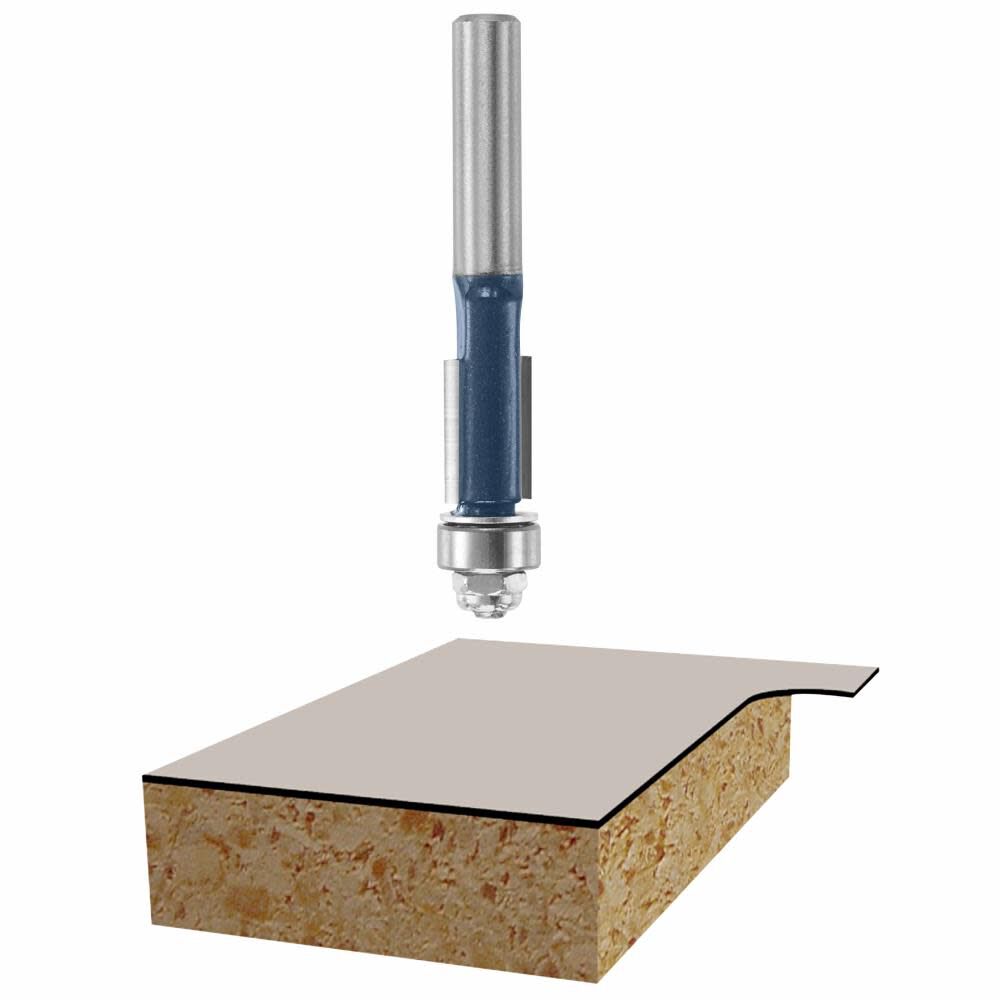
Flush Trim bits are a lot like straight bits except that they have a pilot bearing that is the same diameter as the flute, which is the cutting arm. These bits are perfect for cutting around a surface’s edge and allowing you to trim overhanging material. They’re also great for duplicating patterns from a template.
Suggestion: CMT Flush Trim Bit
Glue Joint router bits
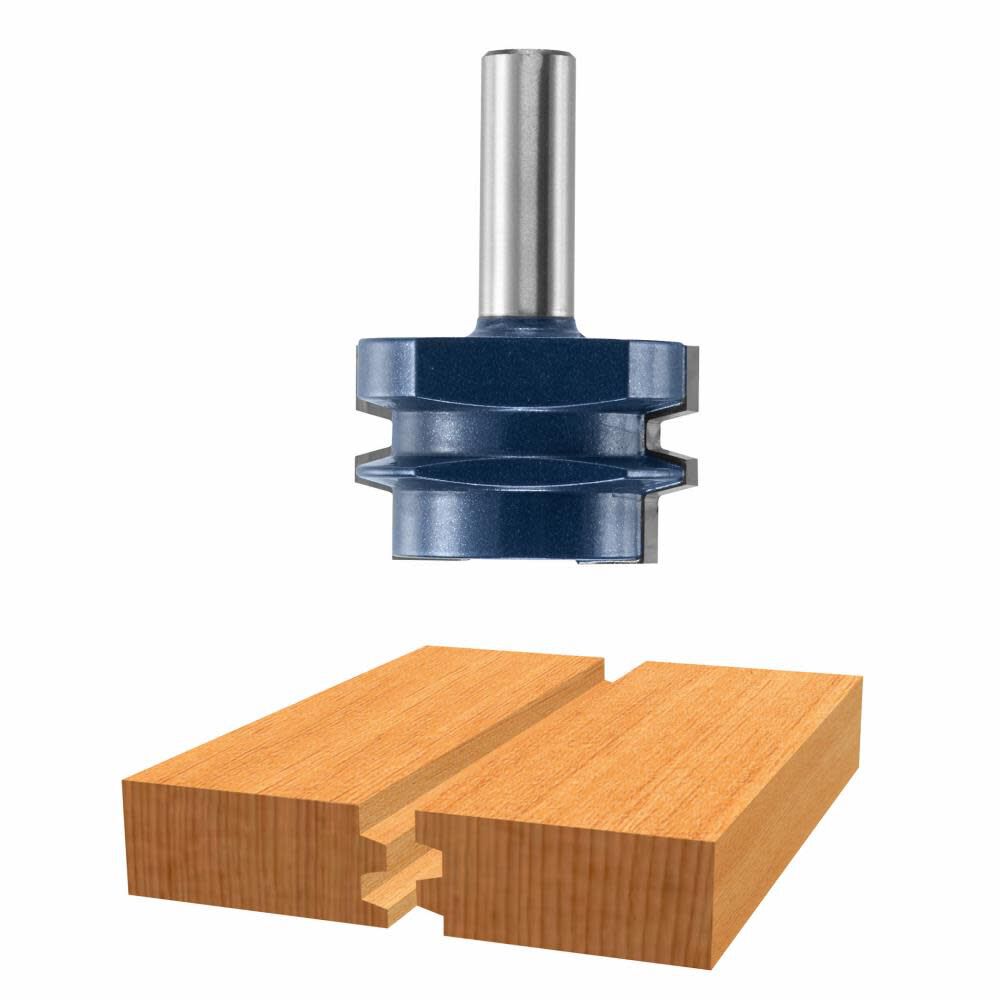
Glue joint router bits join two pieces of material by creating identical, adjoining tongues on the edge of both pieces. These tool accessories are available in two varieties: standard and mitered. Standard glue joint bits join squared edges, while the mitered bit is made with a 45-degree angle to join two mitered edges. The router bits are ideal for creating two joints with a higher surface area for gluing. These are meant to be used exclusively in a router table.
Suggestion: Freud Reversible Glue Joint Bit with 1/2-inch Shank
Edge-Forming Bits
Edge-Forming bits are designed to shape the edges of wood.
Rounding-Over router bits
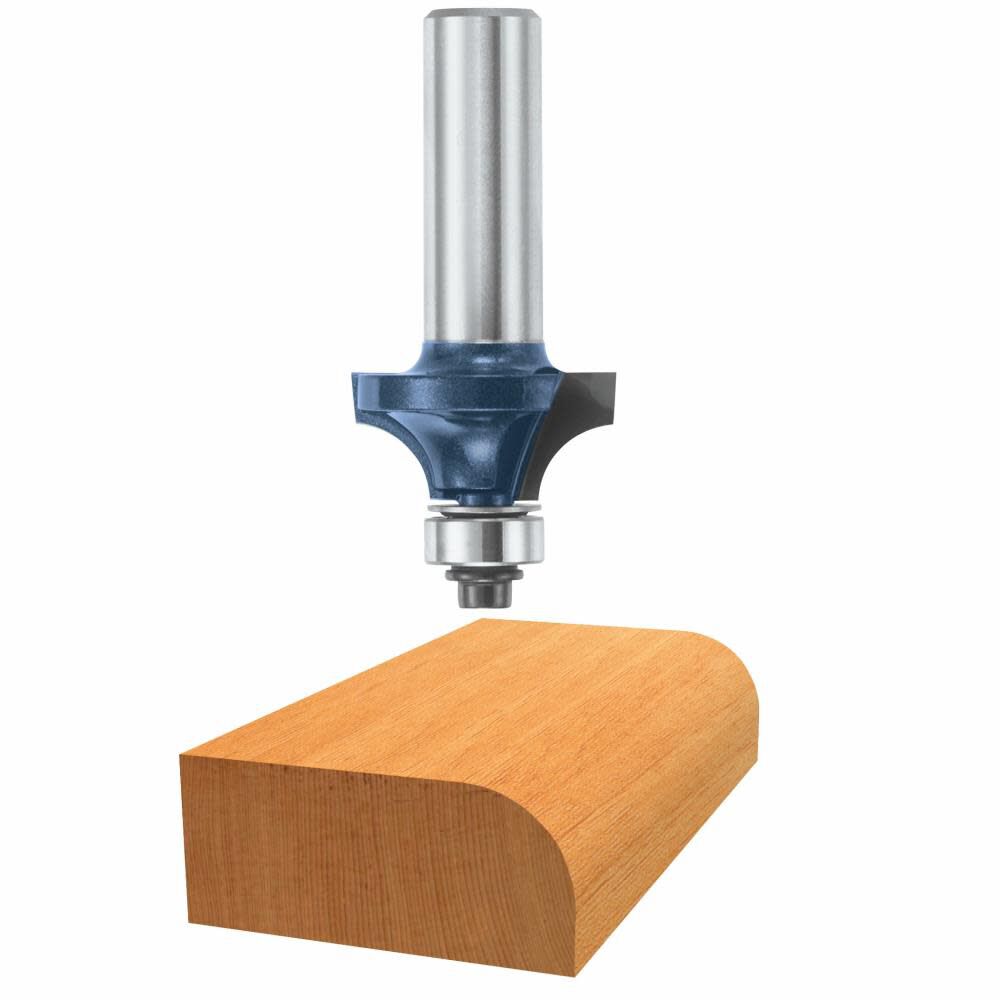
Rounding-over router bits can create a rounded profile and give the material a more finished look. These bits come in two styles: single and double. Single rounding-over bits create just one rounded edge, while a double rounding-over bit cuts the top and bottom of the material simultaneously.
Suggestion: CMT Round Over Bit
Molding router bits
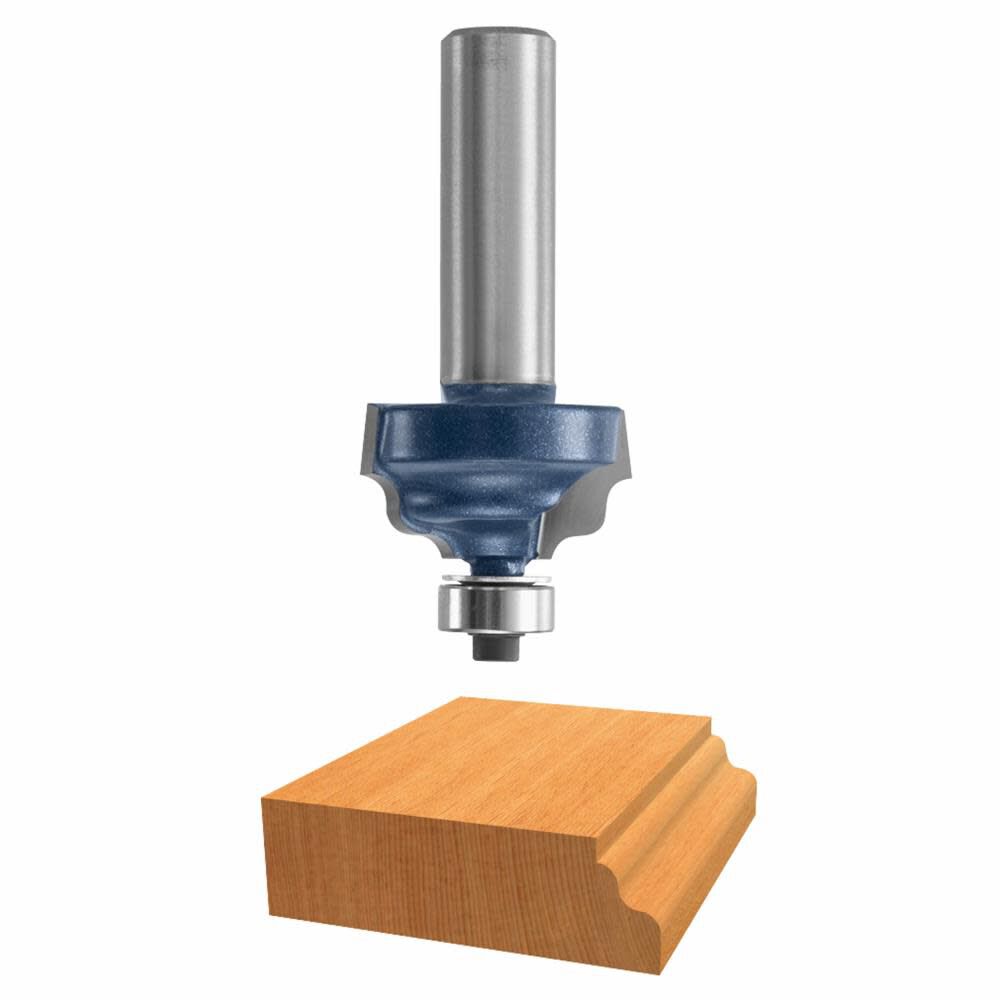
Molding router bits do precisely what their name intends. They make a decorative trim piece that runs along the top and bottom of walls and around windows and doors. There are several different styles of molding router bits to create whatever design you have in mind for your project.
Roman Ogee router bits
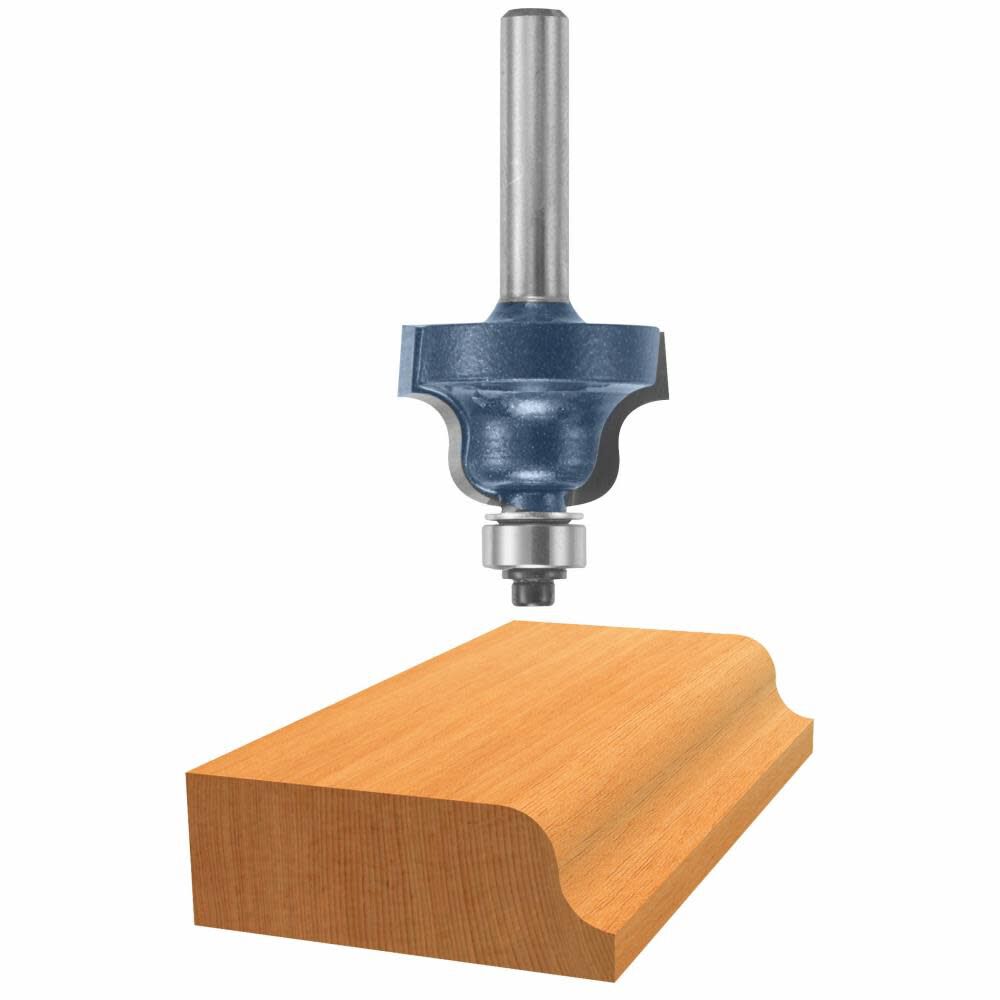
Roman Ogee bits create decorative S-shaped profiles, especially for molding, furniture, and signs. There is also a double ogee design, which creates two s-shaped profiles simultaneously.
Suggestion: Bosch 1-inch Roman Ogee Router Bit
Chamfer routing bits
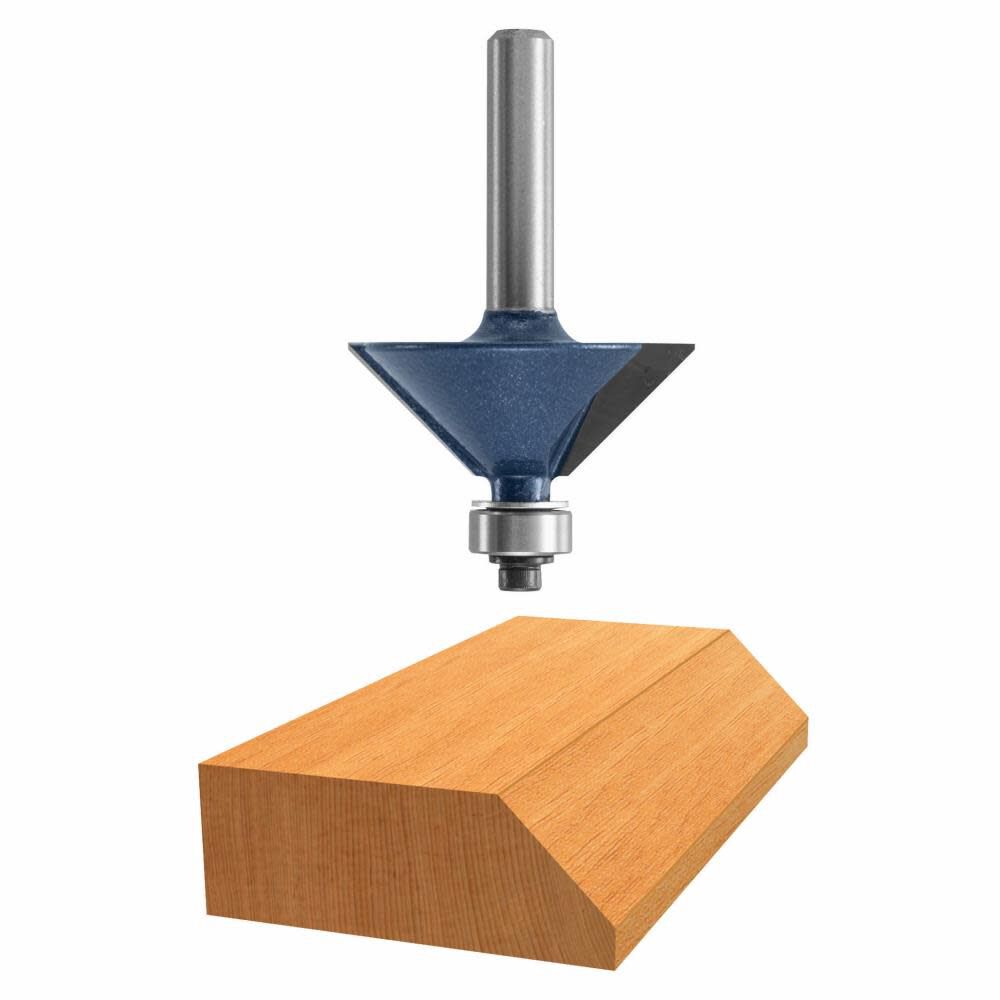
Chamfer routing bits are designed to create bevel cuts on the edge of material to provide a professional finished look to a project with flat edges, such as counters and tabletops. Using a chamfer bit in a router table also makes clean miter cuts.
Suggestion: Dremel Trio Chamfer Bit
Cove Router Bits
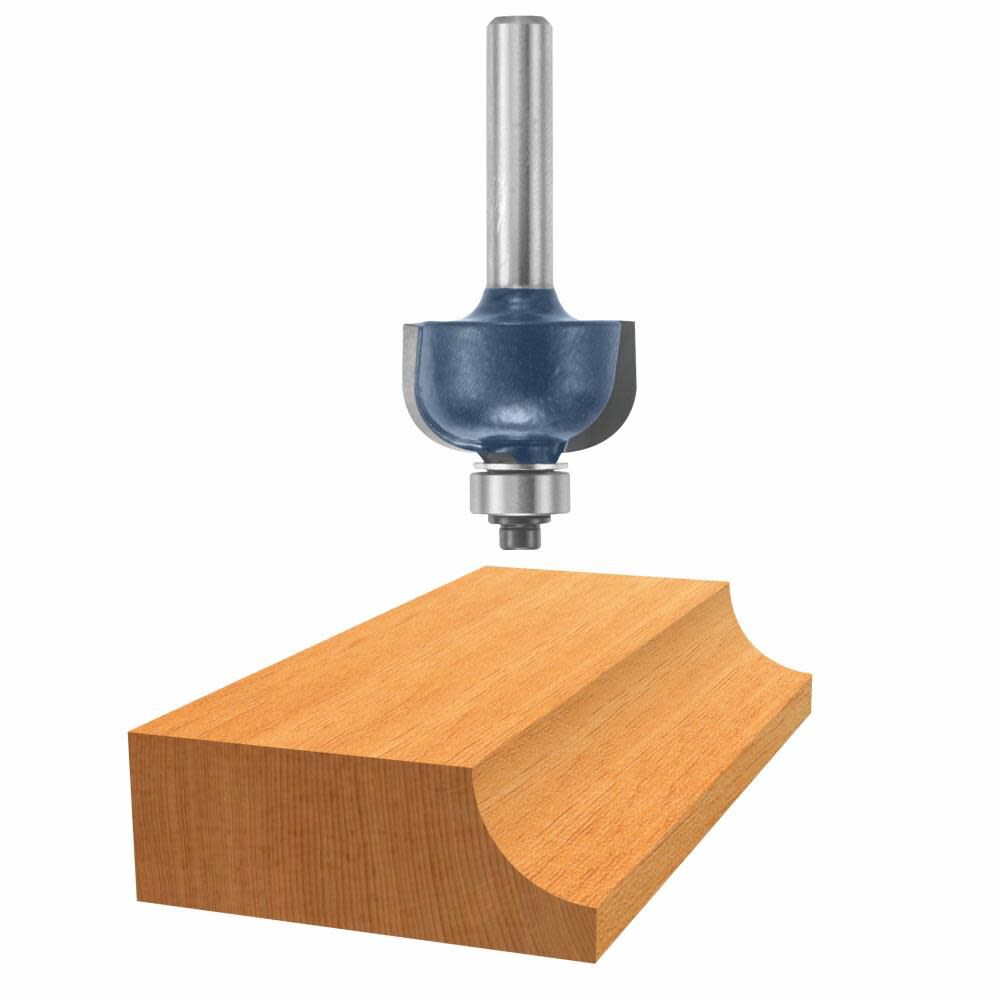
Cove router bits create an inverse profile of the single rounding-over bit. Moreover, they also make a concave quarter-circle shape. Typically, these bits are used for decorative purposes such as stools and tables. It can be utilized with the round-over bit to make adjoining edges for a rule joint, a joint between two hinged surfaces, like a folding leaf table.
Suggestion: Freud 1/2-inch Cove bit with 1/2-inch Shank
Router Bit Kits
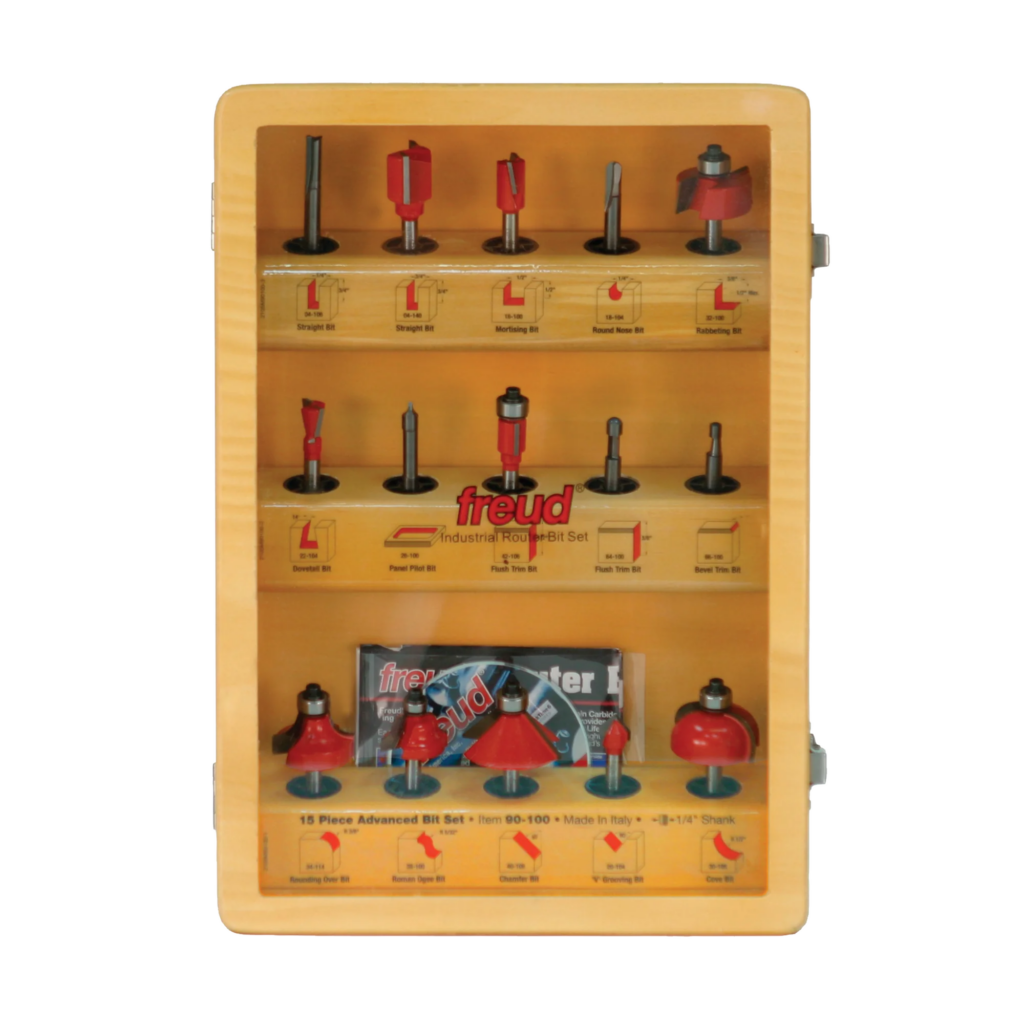
Many companies have router bit kits with many of the previously mentioned bits. One example is the Freud 15 Piece Advanced Bit Set. The set includes all the router bits mentioned above and five additional bits. It comes in a shadow box case, so you can easily see the router bits inside, which can be mounted on a wall or bench. All of the bits in this set have 1/4-inch shanks. Router bit kits are great for getting started and can help lessen the confusion.
Final Thoughts
Planning and understanding what equipment you’ll need is crucial for the success of your project. Router bits are long-term investments, so weighing quality versus cost is essential. Keep in mind the difference between the material of your router bits. Lastly, please carefully store and handle your router bits to increase lifespan. You can explore our router bit options at Acme Tools.

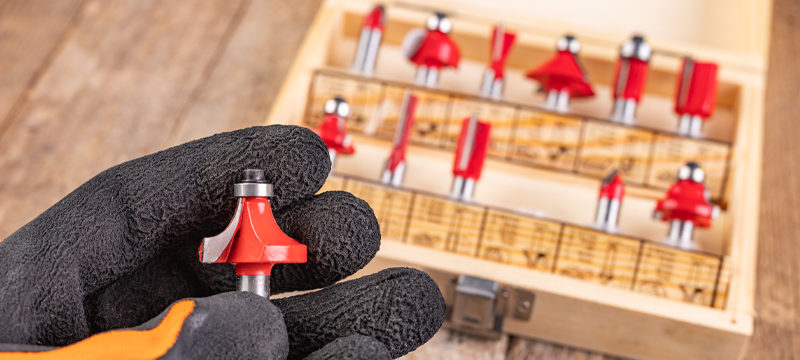
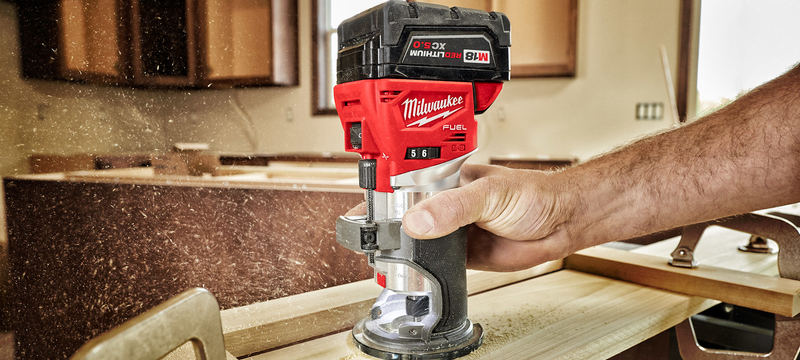
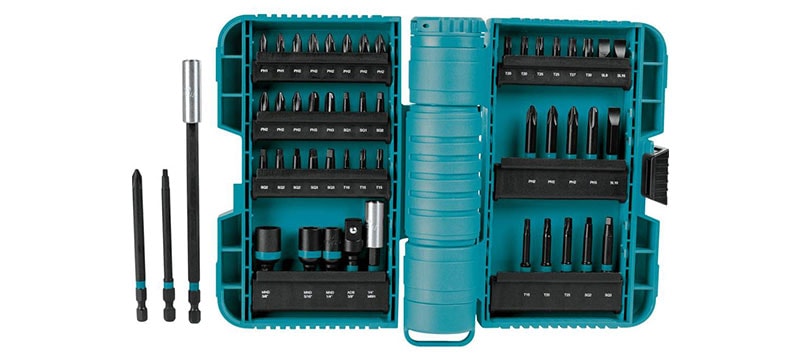

8 Comments
Ron Tyrrell
December 18, 2023 at 3:01 amYou missed a router bit that I am currently trying learn how to use it. Keyhole bit set in the previous slot cut with a dado blade. Most key hole have a cutter between the shank and body. Which is causing me to over cut my work. Why is that
Acme Tools
December 18, 2023 at 8:22 amHi Ron. Thanks for your question. We have trouble determining your meaning using the bit in a previous slot cut with a Dado blade. A Keyhole bit is designed to be plunged straight down into your workpiece and then moved 1″-2″ to create the slot where you can hang the item you are working on with a screw. The body of the bit is larger than the shank to accommodate the head of the screw the item will be hanging on, so if the body is creating an opening on the edge of your item, you will have to shorten the length of the keyhole.
Thank you, Acme Tools
Ray
January 22, 2024 at 9:52 amWhat router bit is used to cut a concave groove to hold a wine bottle?
Peyton
April 20, 2024 at 7:58 pmDo you mean to hold a wine glass? I’m not sure how this could be applied to a wine bottle…
If so, your best bet is probably a 45° dovetail bit. You’d just need to make multiple, parallel passes so the widest edge of the groove matches the diameter of the bottom of your glass. If properly matched, the tapered shape of the bit will allow you to slide the base of a glass into the groove but won’t allow it to fall out or be removed without sliding it back out of the groove.
If you did indeed mean wine bottles though, you’ll have to hit up Google as I can’t even picture a way for a bottle of wine to be susp by a groove. Unless you mean something like laying the bottle on its side on a board or similar, with a rounded groove to keep it from rolling? If that’s the case, then you could really use any rounded bit without a pilot bearing, like a cove, core box, bowl, of round nose bit. You could probably even make a v groove or notching bit work if you’re short on options. Same as with the dovetail bit above, you’d need to make multiple passes, depending on the specific bit and depth you wanted for the groove. The difference would be that, unless you used a cove bit big enough to get the profile you wanted in a single pass, you’d need to make repeated, deeper cuts closer to the center to achieve the rounded profile.
Hope this helps!
Margaret
January 26, 2024 at 2:24 pmI am 82 and live alone.
have a set of 1/2 inch bits that My Husband used 20 years ago. Can you help me ID which are which? They came 50 in a set, in a wooden box. they are blue. The box has five rows with plastic inserts to hold the bits. each has a name and tiny picture. HELP ME PLEASE…
Acme Tools
January 30, 2024 at 3:30 pmHello, Please let us know how you would like us to assist you. We will do what we can over this contact platform.
Thank you, Acme Tools
Nina
May 15, 2024 at 12:34 pmI have inherited an older router that has a bit that looks like a drill bit to me. I am unsure of what that is used for.
Any help will be appreciated.
Acme Tools
May 16, 2024 at 8:08 amHello, the bit sounds like a spiral bit that is used to make a groove in the middle of a board. Often it is used with a straight edge to create a dado joint or with a router base collar and a template to create letters and numbers. We hope this helps.
Thank you, Acme Tools.